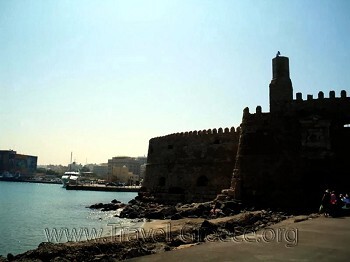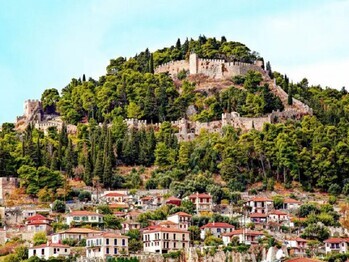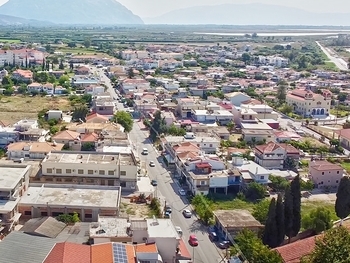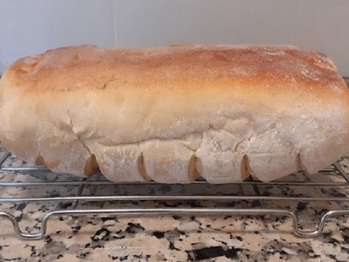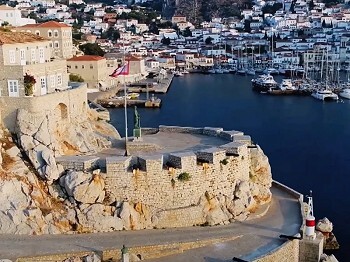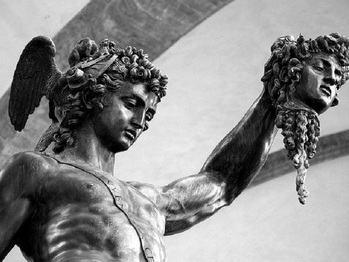The Venus de Milo
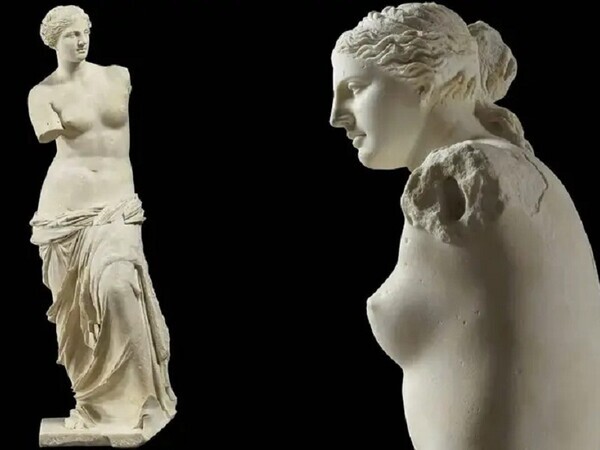
Renowned for its timeless beauty and elegance, the Venus de Milo is an exemplary sculpture from around 100 BC. This exquisite marble statue, thought to depict the goddess Aphrodite, embodies the quintessential female form of antiquity. The enigmatic absence of its arms enhances its allure, drawing the observer’s eye to the statue’s balanced and harmonious proportions.
The Discus Thrower (Discobolus)
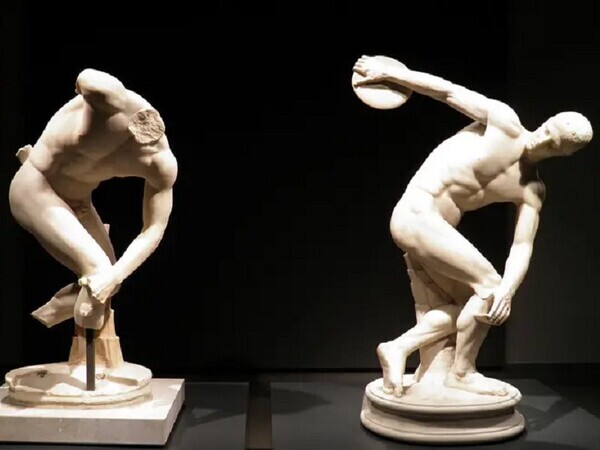
Sculpted by Myron circa 450 BC, the Discobolus captures the intense concentration and dynamic motion of an athlete poised to throw a discus. This iconic sculpture epitomizes the sculptor’s exceptional ability to render precise anatomical details, celebrating the athletic prowess and physical perfection revered in Greek culture.
The Laocoön and His Sons
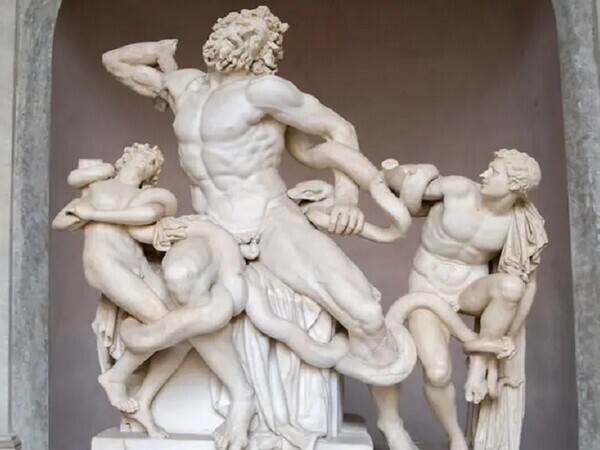
This dramatic sculpture group illustrates Laocoön, a Trojan priest, and his sons engulfed in a desperate struggle against sea serpents dispatched by the gods. Originating from the Hellenistic period, the piece is a profound expression of the emotional depth and realism that Greek sculpture achieved, vividly portraying human anguish and divine retribution.
The Winged Victory of Samothrace
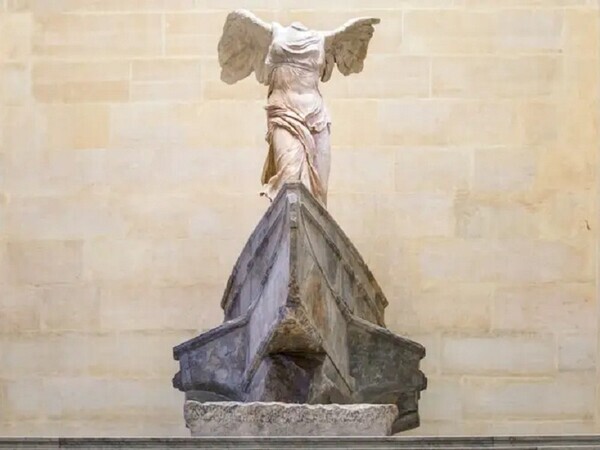
Known as Nike of Samothrace, this early 2nd century BC sculpture personifies the goddess of victory, Nike. Positioned on a ship’s prow, the statue’s sense of motion and triumphant spirit are conveyed through its dynamic posture and the intricate detailing of its flowing garments and widespread wings.
The Dying Gaul
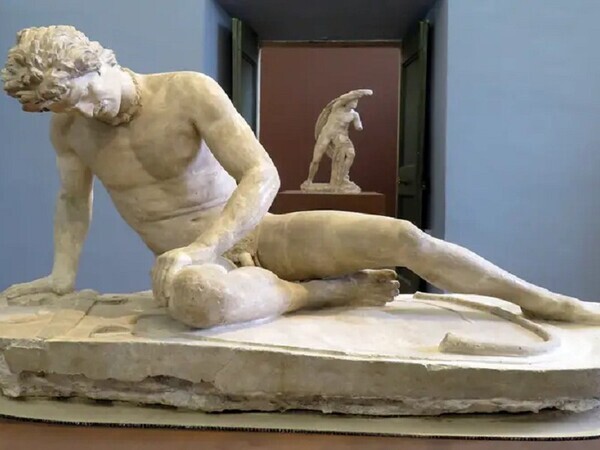
Portraying a defeated Gallic warrior, the Dying Gaul is a profound work attributed to the sculptor Epigonus. This poignant sculpture, imbued with both sorrow and respect, captures the warrior’s final moments with stunning realism, offering a moving tribute to human resilience and the tragic nobility of defeat.
The Hermes and the Infant Dionysus (Praxiteles’ Hermes)
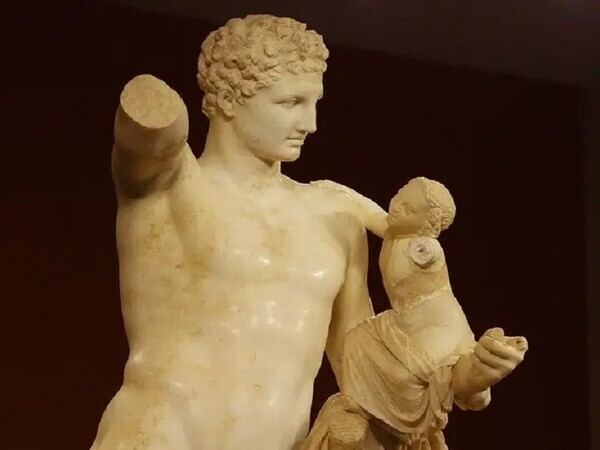
Praxiteles’ masterpiece, this sculpture presents Hermes tenderly cradling the infant Dionysus. The naturalistic depiction of Hermes’ gentle demeanor and fluid form is a testament to Praxiteles’ extraordinary talent in bringing divine figures to life with grace and serenity.
The Riace Bronzes
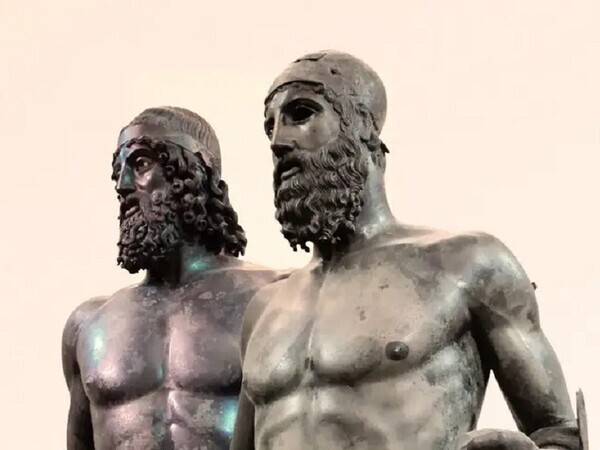
The Riace Bronzes, discovered off the Italian coast in 1972, are two stunning bronze statues of warriors dating back to the 5th century BC. These life-sized sculptures are masterpieces of ancient Greek art, showcasing exceptional craftsmanship in bronze. The Riace Bronzes are celebrated for their detailed anatomical precision and the lifelike portrayal of the warriors, standing as a testament to the enduring skill and creativity of Greek sculptors.
